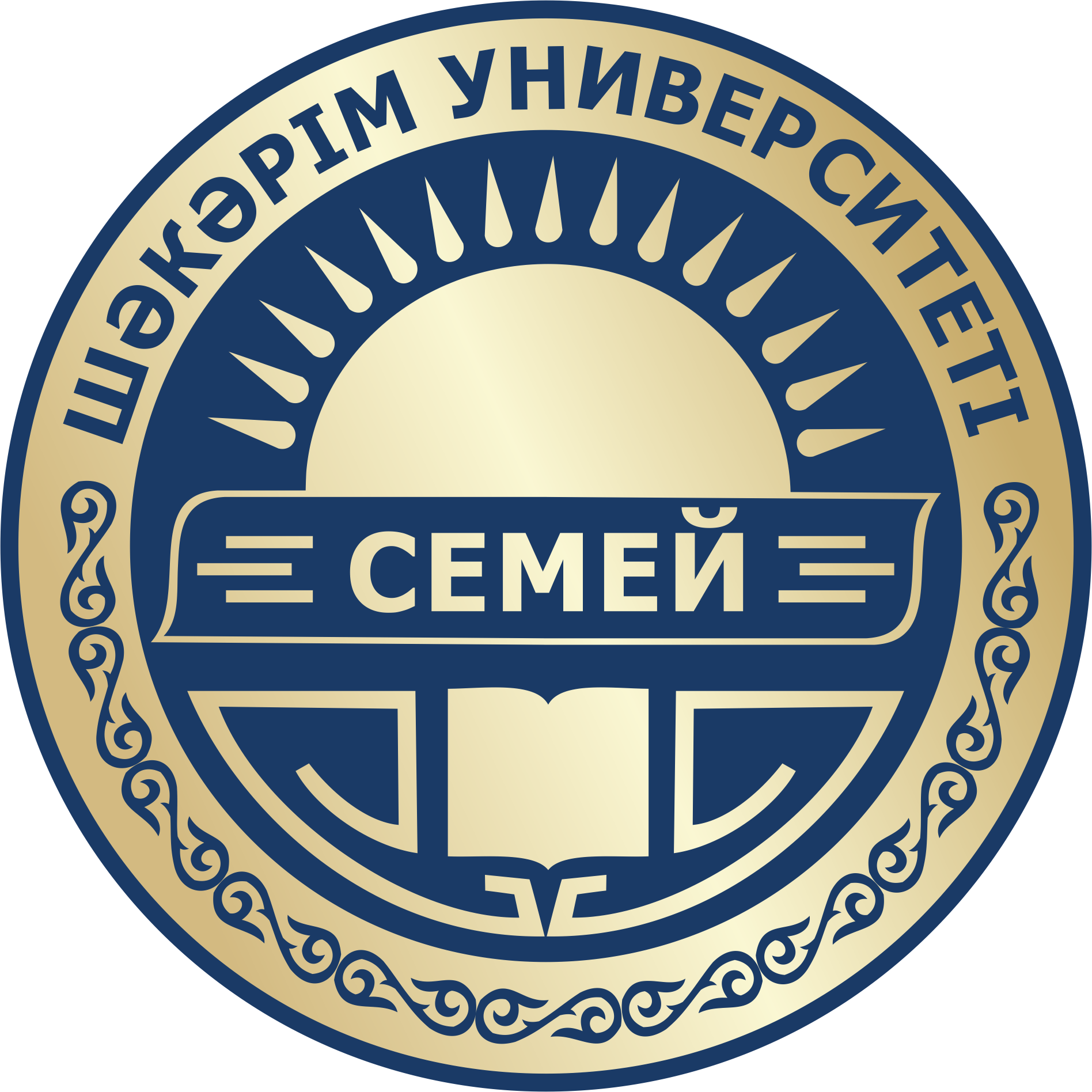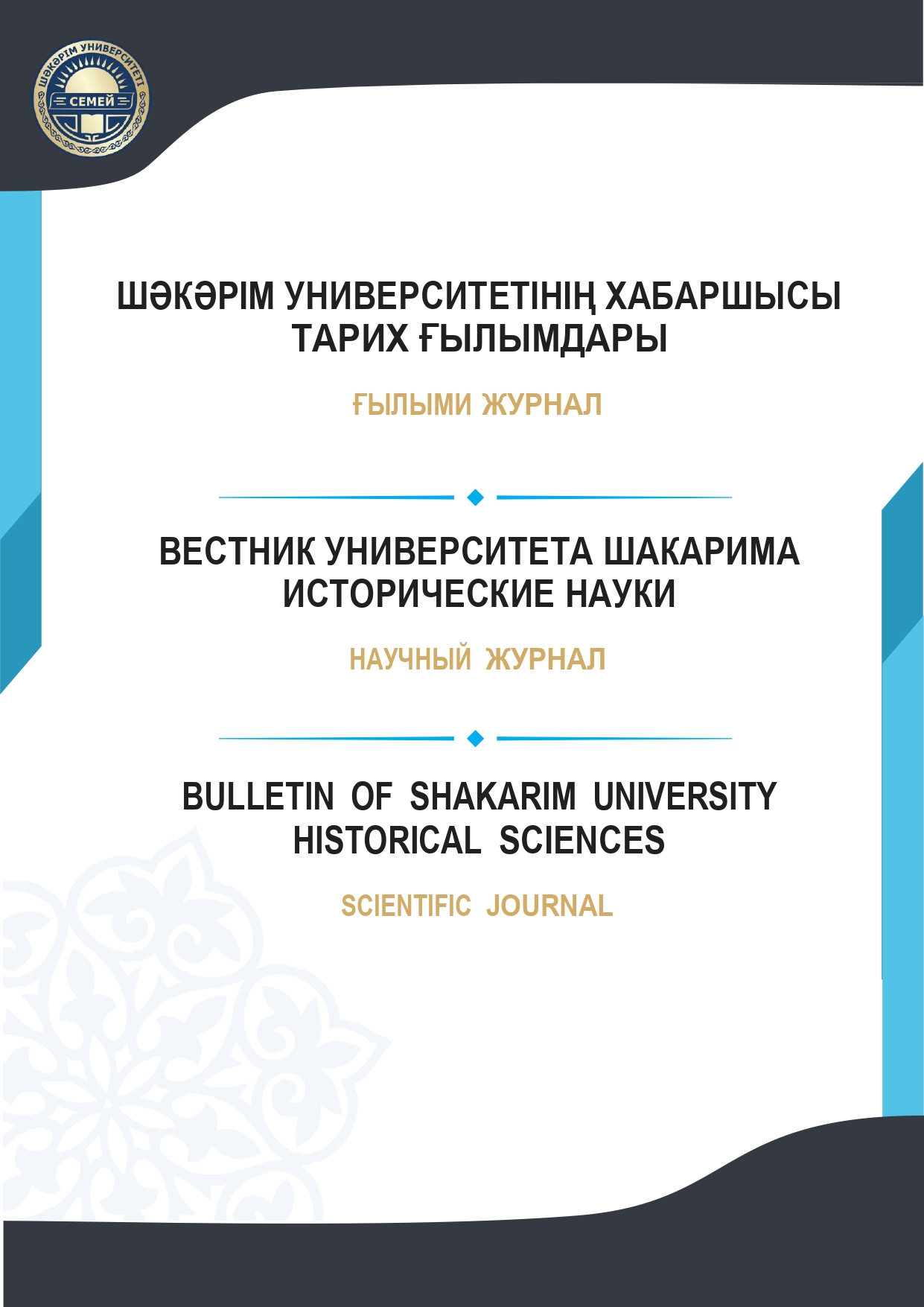ARMED UPRISINGS IN THE EAST OF THE KAZAKH SSR AS A RESULT OF SOCIO-ECONOMIC CHALLENGES
Кілт сөздер:
famine; Eastern Kazakhstan; peasant uprisings; socio-economic consequences; agrarian reforms; collectivization; agricultural modernization; popular movements; social transformationАңдатпа
This article examines the socio-economic and demographic consequences of collectivization and dekulakization policies in Kazakhstan, focusing on the Eastern region. A comparison of census data from 1926 and 1939 reveals a sharp decline in the Kazakh population caused by famine, mass migration, and changes in the ethnodemographic structure.
Archival materials make it possible to analyze the scale of resettlement to China, the increase in the number of orphaned children, mortality rates, as well as the forms and methods of peasant resistance to the coercive policies of the Soviet authorities. Special attention is given to armed uprisings and mass migrations, including the Tolstoukhov Rebellion of 1930, its organizational features, slogans, and the role of its leader, Fyodor Tolstoukhov.
It is shown that, despite the official classification of these protest movements as “kulak-bandit formations,” middle peasants and poor peasants also participated in them. The methods of suppression used by the OGPU — including punitive operations, intelligence work, repressions, and the division of insurgent groups — are analyzed in detail.
The study concludes that peasant resistance in Eastern Kazakhstan was driven by the destruction of the traditional structure of rural society, forced collectivization, and the confiscation of property, which gave the protests both a mass and spontaneous character.
Жүктеулер
Жарияланды
Журналдың саны
Бөлім
Лицензия
Авторлық құқық (c) 2025 Khalil B. Maslov, Sulushash R. Sarmanova (Автор)

Бұл жұмыс Creative Commons Attribution-Коммерциялық емес 4.0 халықаралық лицензиясы.
Авторлық құқық мақала жазуға елеулі үлес қосқан әрбір бірлескен автордың адалдығы мен жауапкершілігін білдіреді.
Автор журналдың веб-сайтына тиісті сілтемені көрсеткен жағдайда өз басылымдарын институционалды немесе басқа қоймаларда сақтауға құқылы.





